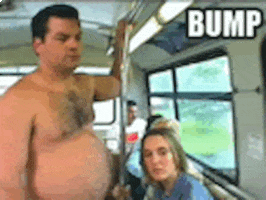Ned_Flanders
Make me an Admin!
- Aug 22, 2009
- 77,158
- 142,364
- AFL Club
- Richmond
- Other Teams
- 76'ers
Yeah, either pub teams or teams from over a century ago. Anyone calling Juventus a franchise that could just up and leave for Rome tomorrow, is on the sauce. That's my point. Any serious club wouldn't move.
then say what you mean or mean what you say, you tried to make a bold declaration and it was too wide sweeping to be correct which is why I pointed out you were wrong



